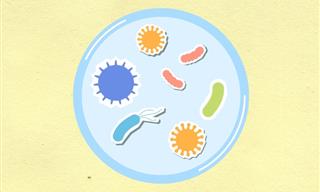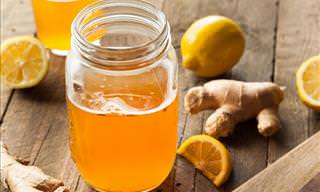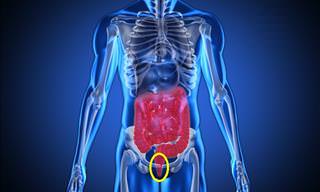You've probably heard of probiotics—those live microorganisms present in cultured dairy products and other fermented foods. Whether it's the yogurt you consume for breakfast, the kefir smoothie for a midday snack, or a kimchi rice bowl for dinner, probiotics are prevalent in many popular foods. But have you ever explored the world of prebiotics? What exactly are prebiotics, and what's behind the surge of interest in them in the nutrition world?
Related: Yogurt Isn't the Only Probiotic You Can Take...
What are Prebiotics?
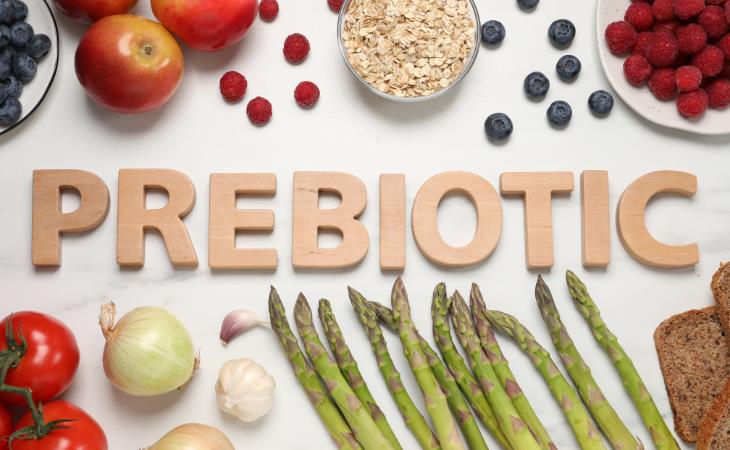
Prebiotics are indigestible plant fibers that promote the growth of beneficial bacteria in your gut. Unlike probiotics, which are beneficial bacteria, prebiotics feed the good bacteria in the lower digestive tract. Do note that not all dietary fibers qualify as prebiotics. Well-established prebiotics include inulin, fructo-oligosaccharides (FOS), and galacto-oligosaccharides (GOS).
Including more prebiotic-rich foods in your diet can benefit your digestive system, your nervous system, your immune system, and your cardiovascular system. This dietary adjustment may help in:
- Stabilizing blood sugar levels
- Managing a healthy weight
- Lowering blood lipid levels
- Promoting optimal intestinal motility
- Nourishing beneficial gut bacteria
Here are the best prebiotic foods recommended by registered dietitians for better gut health.
1. Dandelion Greens
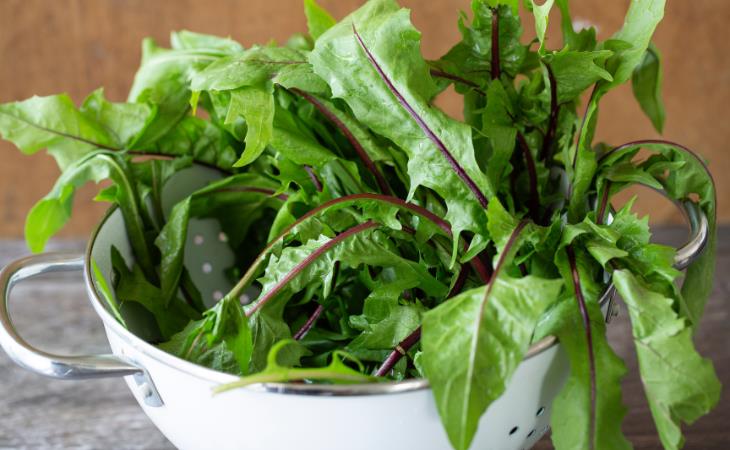
Dandelion greens, which are high in inulin (a soluble dietary fiber that stimulates healthy gut bacteria like Bifidobacteria), have 3.5 grams of fiber per 100-gram serving and are beneficial to a healthy diet. Apart from their fiber content, these greens are high in antioxidants, which are essential for protecting cells and lowering the risk of severe diseases such as cancer, cardiovascular disease, and Alzheimer's. Embrace the nutritional benefits by including dandelion greens in your favorite recipes, such as salads, green juices, and smoothies.
2. Barley
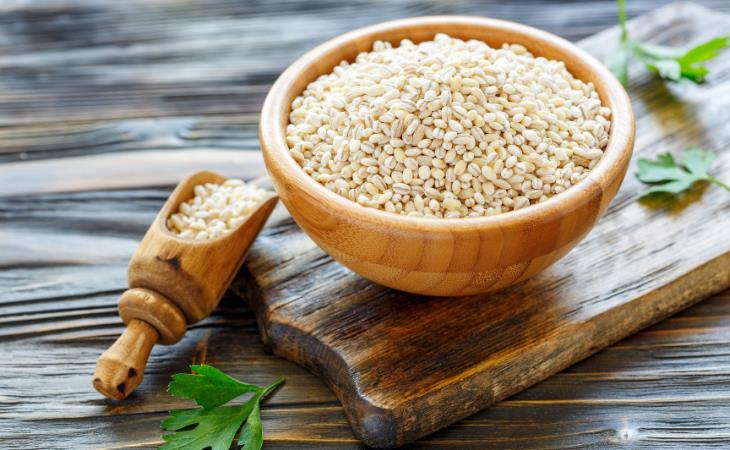
Barley, an often overlooked grain in many kitchens, has a high nutritional value with significant amounts of fiber and protein. A half-cup serving of cooked pearled barley, or around 79 grams, has 3 grams of fiber.
Recent research reaffirms prior studies on the prebiotic potential of cereal grains. Barley, in particular, stands out for its high levels of beta-glucan, a compound not only known for its prebiotic qualities but also valued as a functional food ingredient due to its ability to thicken, stabilize, and emulsify foods. Adding barley to stir-fries, soups, or side dishes shows promise for prebiotic benefits.
Related: Got Diabetes? Here's a List of 10 Ingredients You Should Eat
3. Mushrooms
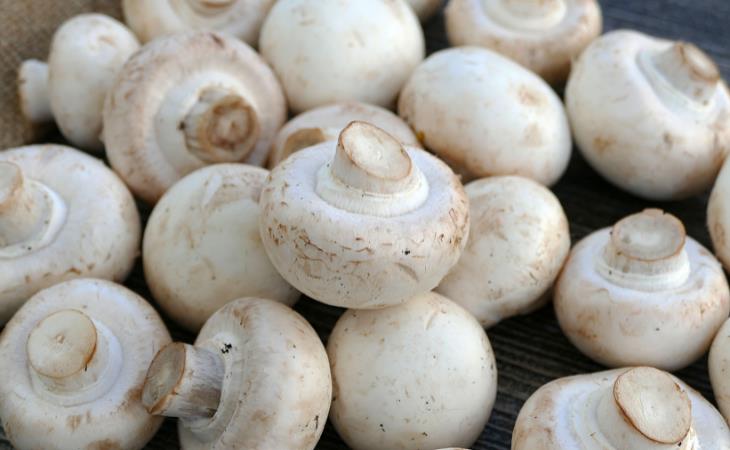
Almost all edible mushrooms are rich in carbohydrates such as chitin, beta- and alpha-glucans, as well as other compounds that function as prebiotics. Furthermore, mushrooms contain essential amino acids and minerals, including calcium, potassium, magnesium, iron, and zinc, which contribute to energy production and immune system enhancement.
Consider using portobello mushrooms or embellishing a simple stir fry with chopped mushrooms. These culinary alternatives are a simple way to get more nutritious fungus into your daily diet.
Related: 7 Edible Mushrooms with Amazing Health Benefits
4. Jerusalem Artichokes
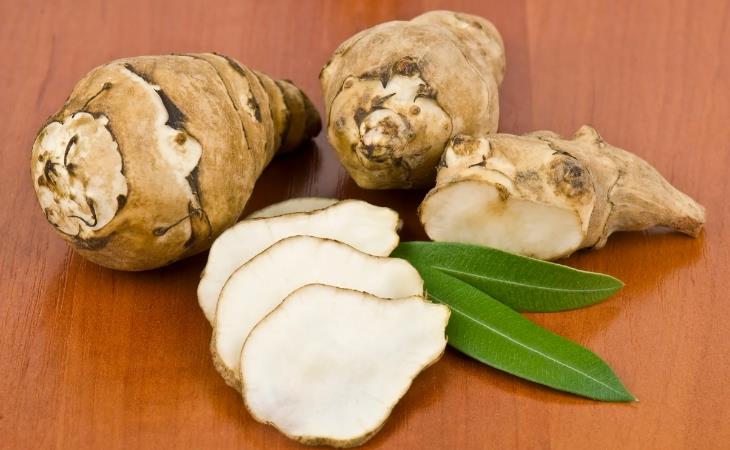
Often referred to as "sunchokes," Jerusalem artichokes are tuberous root vegetables derived from a unique sunflower species native to Central North America. Laden with prebiotic compounds like inulin and oligofructose, along with essential minerals such as potassium, these tubers promote balanced gut health. Jerusalem artichokes contain specific prebiotics that stimulate beneficial bacteria that can improve the absorption of crucial minerals like calcium and magnesium. They can be eaten raw or cooked.
5. Bananas
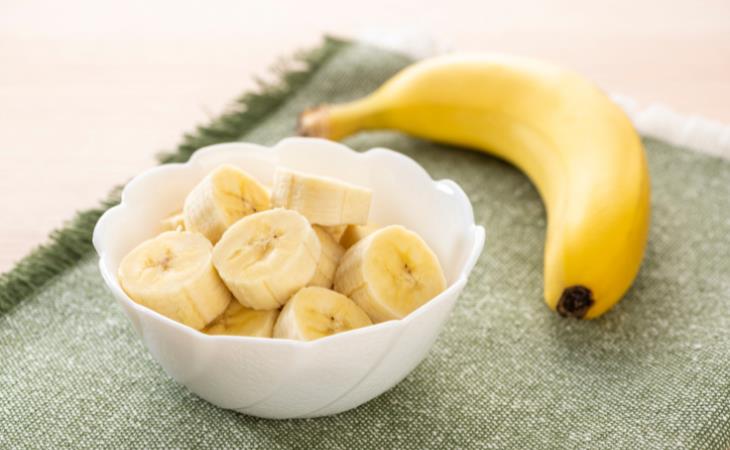
Bananas are rich in vitamins, minerals, and fiber, and they also contain small amounts of inulin. A study published in Anaerobe in 2011 found that the prebiotic properties found in whole bananas may support the growth of beneficial gut microbes through regular consumption.
6. Garlic
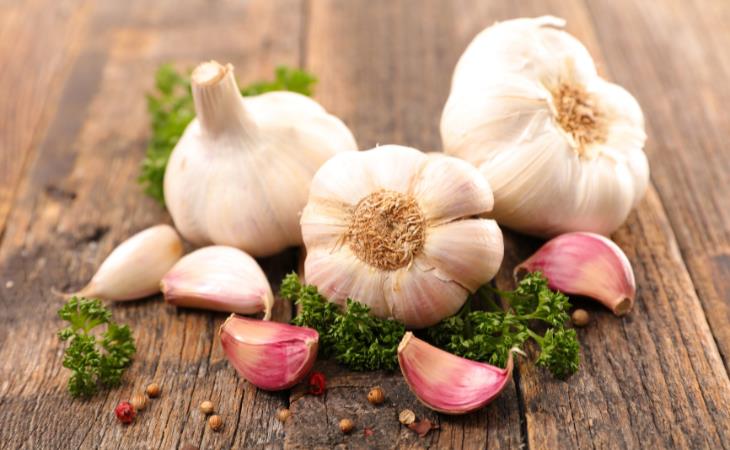
Garlic is one of the most popular prebiotic foods on the market. Although a single garlic clove (around 3 grams) provides only about 0.1 grams of fiber, its functional components make it a valuable prebiotic source. Garlic saccharides obtained from garlic polysaccharides were found to have prebiotic properties under controlled conditions, according to a study published in Current Research in Food Science in 2022.
Fructans are needed for the growth of microorganisms that promote health, such as Bifidobacterium, Lactobacillus, and Faecalibacterium prausnitzii. F. prausnitzii, a key probiotic in a healthy gut microbiome, has been shown to be absent in a variety of intestinal conditions, such as inflammatory bowel disease. This highlights the importance of fructans in maintaining a healthy gut environment.
7. Chicory Root
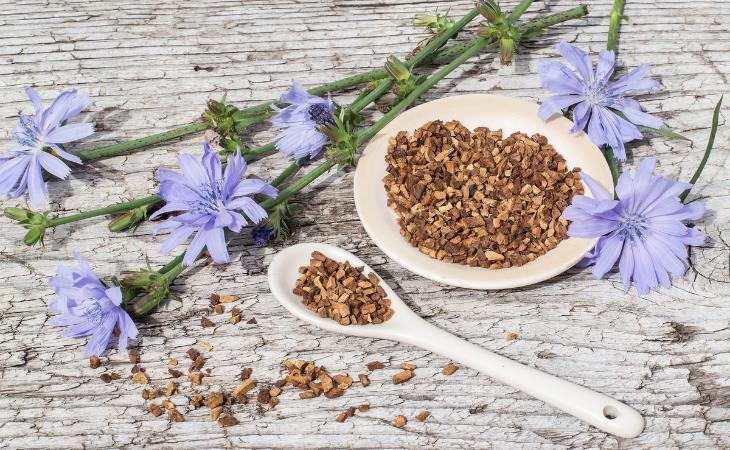
A member of the daisy and sunflower family, chicory is a woody, perennial plant known for its bright blue flowers. Its root, cultivated for its rich inulin content, is commonly baked, ground, and used as a coffee substitute or fiber supplement. In addition to inulin, chicory root is a source of important minerals like potassium, calcium, magnesium, selenium, and zinc.
Fresh chicory roots are bitter, but you can adjust to their taste by drinking chicory root coffee or using it in baked goods or protein shakes.
Related: Suffer From Constipation? Consider Chicory Root
8. Legumes
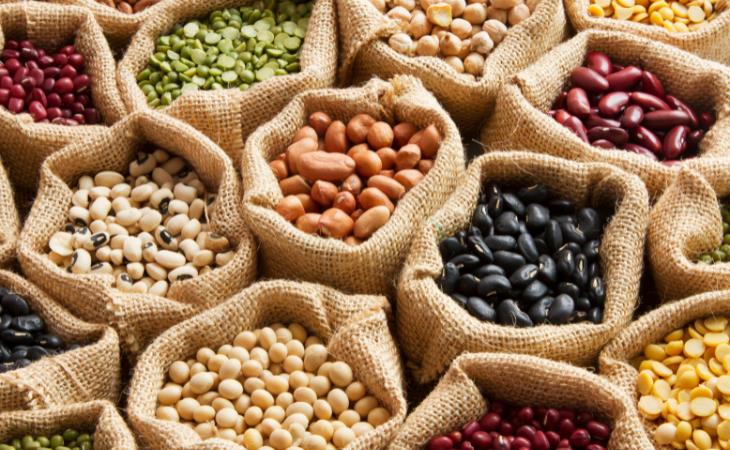
Chickpeas, black beans, edamame, lentils, and their leguminous counterparts are prominent sources of prebiotics, specifically galacto-oligosaccharides. Having intestinal gas following bean consumption is simply a sign that our gut flora are fermenting the prebiotic fiber, providing key health benefits along the way, such as the growth of beneficial bacteria like Bifidobacteria. Bifidobacterium supports immunological function, creates B vitamins, protects us from invading pathogens, and makes butyrate, a short-chain fatty acid with anti-inflammatory qualities and serves as intestinal fuel.
 Go to BabaMail
Go to BabaMail









































